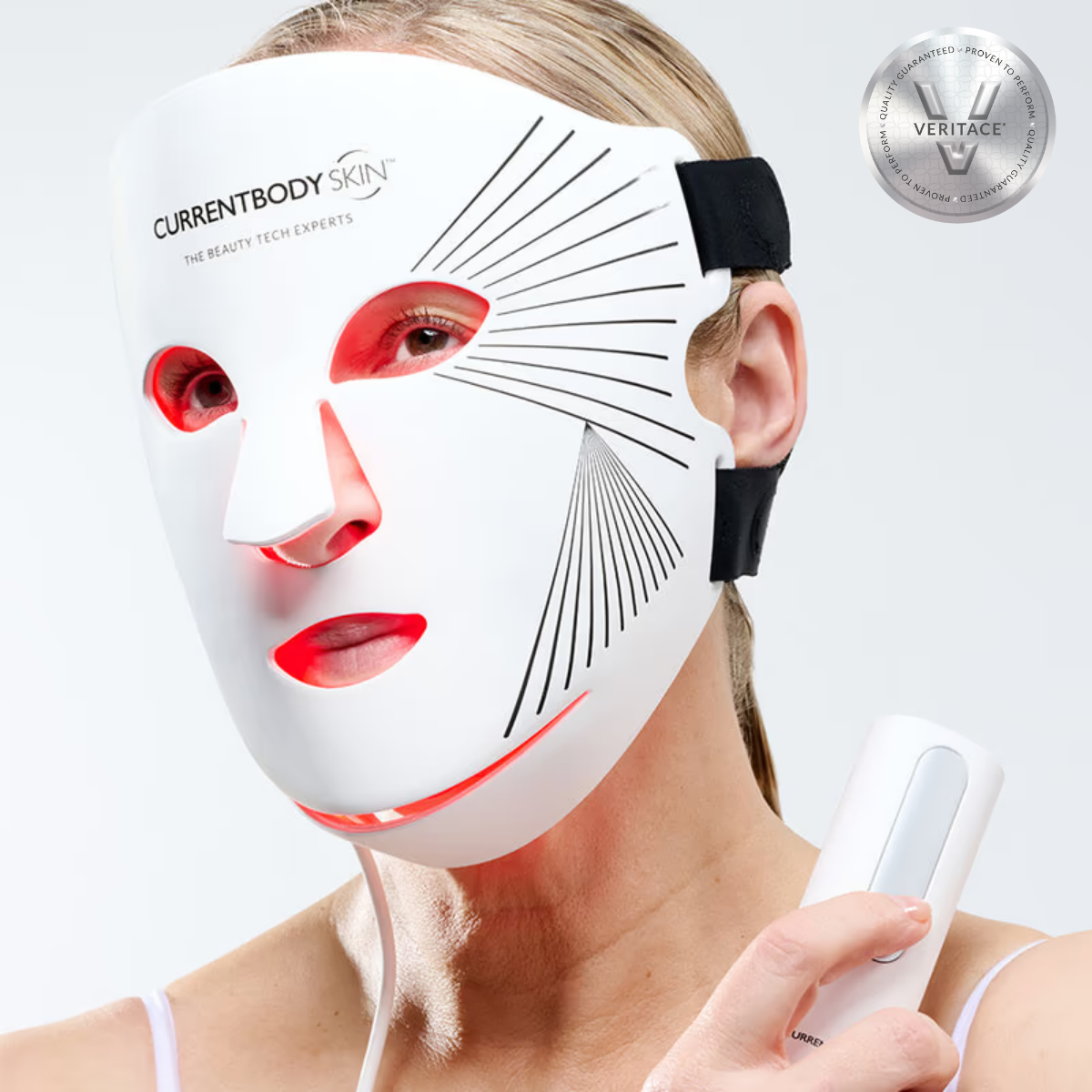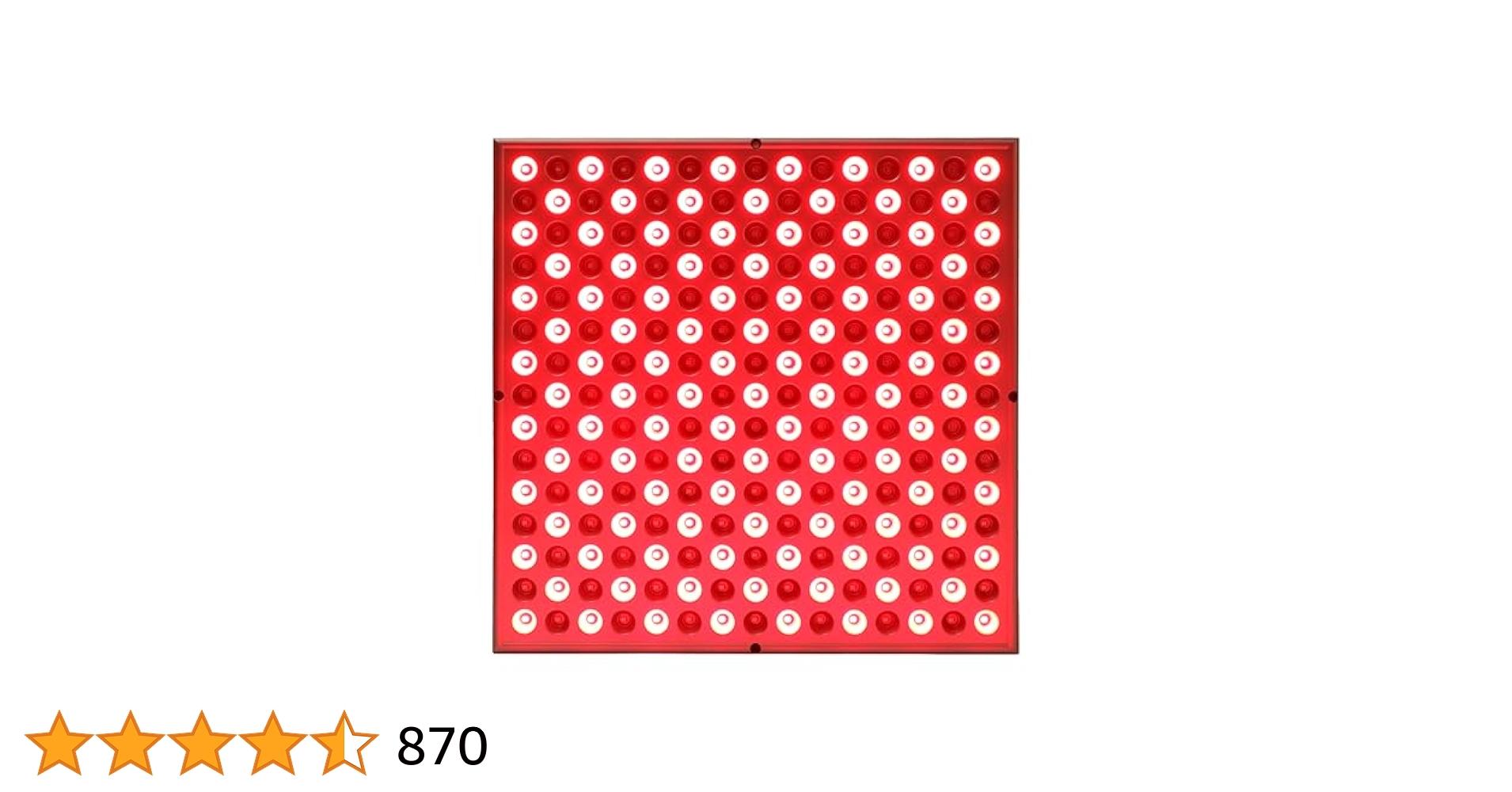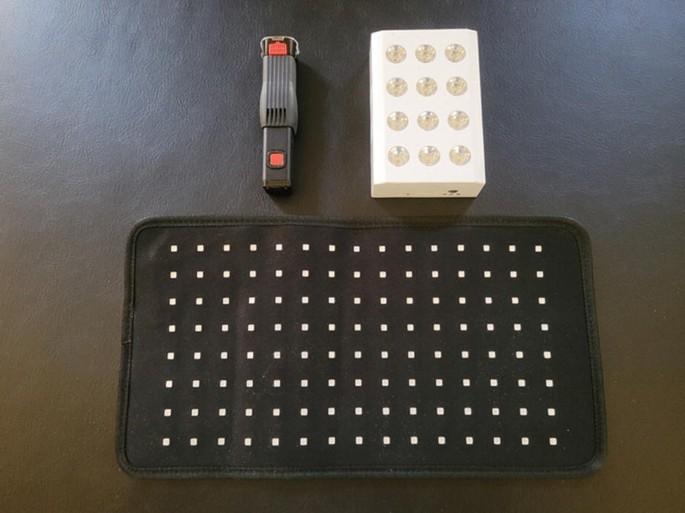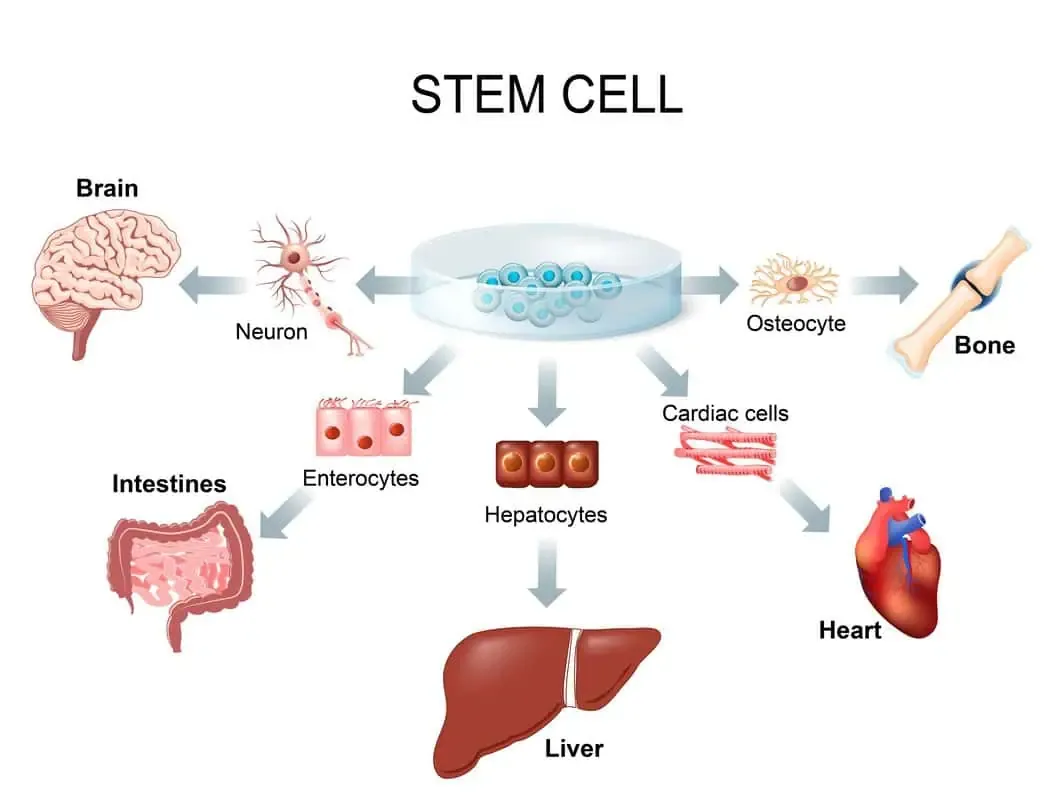Have you ever noticed that comforting warmth from the sun, even on a chilly day, that seems to penetrate right into your bones? Or perhaps felt the deep, soothing heat of a sauna after a long workout? What you might not realize is that much of that feeling comes from infrared light, a fascinating part of the electromagnetic spectrum that’s quickly becoming a cornerstone of modern wellness. At Glow Pulse Therapy, we believe in shedding light on therapies that genuinely make a difference, and understanding infrared light is key to unlocking a world of potential benefits for your health and vitality.
What is Infrared Light? Your Body’s Invisible Ally
Infrared light is a type of radiant energy that’s invisible to the human eye but can be felt as heat. Unlike ultraviolet (UV) light, which can be harmful, infrared (IR) is entirely safe and incredibly beneficial. Think of it as the gentle, nurturing side of light. It’s emitted by everything warm, from the sun to a cozy fireplace, and even your own body. While we can’t see it, its effects on our biology are profound, acting at a cellular level to promote healing, recovery, and overall well-being.
The Electromagnetic Spectrum and Infrared
To truly grasp infrared light, let’s briefly touch upon the electromagnetic spectrum. This spectrum encompasses all forms of light, from gamma rays to radio waves, categorized by their wavelength. Visible light, the colors we see, is just a tiny sliver. Infrared light sits just beyond the red end of the visible spectrum, hence its name (“infra” meaning “below”). Its longer wavelengths allow it to penetrate tissues much more effectively than visible light, which is where its therapeutic power truly shines.
Near Infrared (NIR) vs. Far Infrared (FIR): Understanding the Differences
While both near and far infrared are types of infrared light, they have distinct characteristics and therapeutic applications due to their differing wavelengths. Understanding these differences is crucial for anyone exploring the benefits of infrared light therapy.
Near Infrared (NIR): Deeper Penetration, Cellular Powerhouse
Near infrared light, often referred to as NIR, has shorter wavelengths (typically 700 to 1400 nanometers) and can penetrate deeper into the body’s tissues, reaching muscles, joints, bones, and even organs. This deep penetration is key to many of its therapeutic effects. NIR’s primary mechanism isn’t about heat; rather, it’s about stimulating cellular activity. It’s a crucial component of what’s known as photobiomodulation (PBM) or low-level light therapy (LLLT).
“Near infrared light doesn’t just warm you up; it actually ‘wakes up’ your cells,” explains Dr. Anya Sharma, a leading researcher in Photomedicine at the Global Wellness Institute. “It optimizes mitochondrial function, leading to increased ATP production, which is essentially the energy currency of your cells. This cellular energy boost is fundamental for repair and regeneration.”
Far Infrared (FIR): Gentle Heat, Detox, and Relaxation
Far infrared light, or FIR, has longer wavelengths (typically 3000 to 100000 nanometers) and primarily works by generating gentle, radiant heat. While it doesn’t penetrate as deeply as NIR, its warmth is incredibly effective at warming the body from the inside out, similar to how the sun’s rays heat you without heating the air around you. FIR’s effects are often associated with improved circulation, detoxification through sweating, and profound relaxation. This is the type of infrared light predominantly used in infrared saunas.
The Science Behind the Glow: How Infrared Light Works
So, how exactly does this invisible light wield such powerful effects on our bodies? The mechanisms are complex yet fascinating, highlighting the intricate ways light interacts with our biology.
Cellular Absorption and ATP Production
At the heart of near infrared light therapy lies its interaction with the mitochondria, often called the “powerhouses” of our cells. When NIR light is absorbed by a specific enzyme within the mitochondria, cytochrome c oxidase, it triggers a cascade of beneficial cellular processes. This leads to increased production of adenosine triphosphate (ATP), the vital energy molecule that fuels nearly every cellular function. More ATP means cells have more energy to repair, regenerate, and perform their duties efficiently. This cellular boost is why near infrared light is often sought for recovery and anti-aging benefits.
Improved Circulation and Nitric Oxide
Both near and far infrared light play a significant role in enhancing circulation. FIR, through its gentle heating, causes blood vessels to dilate, improving blood flow. NIR, on the other hand, can stimulate the release of nitric oxide (NO), a powerful vasodilator that relaxes and widens blood vessels. Better circulation means more oxygen and nutrients can be delivered to tissues, while waste products are more efficiently removed. This improved blood flow is a cornerstone for healing, reducing inflammation, and overall tissue health.
Unlocking the Benefits: What Can Infrared Light Do For You?
The therapeutic potential of infrared light is vast and continues to be explored. From soothing sore muscles to enhancing skin radiance, the benefits of infrared light therapy are diverse and impactful.
Pain Relief and Muscle Recovery
One of the most popular applications of infrared light is for pain management and accelerating muscle recovery. The deep penetration of NIR light can help reduce inflammation and swelling, which are often root causes of pain. For athletes and fitness enthusiasts, it aids in faster muscle repair, diminishes post-exercise soreness, and improves overall performance. The gentle warmth of FIR also offers immediate pain relief and muscle relaxation, making it a great choice for chronic pain sufferers.
“I’ve seen firsthand how infrared light therapy transforms recovery times,” states Marcus Thorne, a certified holistic health practitioner. “Athletes who incorporate it into their routines report less downtime and a quicker return to peak performance, thanks to enhanced cellular repair and reduced inflammation.”
Skin Rejuvenation and Anti-Aging
If you’re looking for a natural glow, infrared light might be your secret weapon. NIR light stimulates collagen and elastin production, two essential proteins responsible for skin elasticity and firmness. This can lead to a reduction in fine lines, wrinkles, and improved skin texture. It also helps with wound healing, reducing scars, and soothing skin conditions like acne or rosacea by calming inflammation and promoting cellular regeneration. It’s like giving your skin a gentle, yet powerful, internal workout.
 Person’s face being treated with a red light and near infrared panel for skin rejuvenation and anti-aging.
Person’s face being treated with a red light and near infrared panel for skin rejuvenation and anti-aging.
Enhanced Circulation and Cardiovascular Health
As discussed, infrared light is a fantastic circulation booster. Better blood flow supports every organ and system in your body. Regular exposure to FIR, particularly in an infrared sauna, can mimic the effects of a mild cardiovascular workout, temporarily increasing heart rate and circulation without the physical exertion. This can contribute to overall cardiovascular wellness.
Detoxification and Immune Support
Far infrared saunas are particularly renowned for their detoxification capabilities. The radiant heat penetrates deep enough to raise your core body temperature, inducing a profuse sweat at a lower ambient temperature than traditional saunas. This allows for a more comfortable and sustained session, facilitating the release of toxins from the body through perspiration. Additionally, by reducing inflammation and improving cellular health, infrared light can indirectly support a robust immune system.
Stress Reduction and Better Sleep
The gentle, soothing warmth of infrared light promotes deep relaxation. This can significantly reduce stress and tension, making it easier to unwind after a long day. Many users report improved sleep quality after regular infrared sessions, likely due to its calming effects on the nervous system and its ability to help regulate the body’s natural sleep-wake cycle. Imagine drifting off to sleep feeling completely relaxed and restored.
Integrating Infrared Light into Your Life
Ready to experience the benefits for yourself? Integrating infrared light into your wellness routine is easier than you might think.
Home Devices and Professional Sessions
There’s a wide array of options available, from professional light therapy sessions at wellness centers to convenient home devices. For deep tissue penetration and targeted cellular benefits, handheld or panel-based Near Infrared (NIR) devices are excellent. For full-body relaxation, detoxification, and cardiovascular support, Far Infrared (FIR) saunas are incredibly popular. Always research reputable brands and consult with a healthcare professional to determine the best approach for your specific needs.
Safety Considerations and Best Practices
Infrared light therapy is generally considered very safe for most people. However, always follow manufacturer guidelines for any device you use. Start with shorter sessions and gradually increase duration as your body adjusts. Stay hydrated, especially when using FIR saunas. If you have specific medical conditions, are pregnant, or are taking certain medications, consult your doctor before starting any new therapy. Listen to your body – it will tell you what feels right.
Conclusion
Infrared light, encompassing both its near and far spectrums, offers a remarkable array of benefits that can profoundly impact your health and well-being. From accelerating cellular repair and reducing pain to enhancing skin vitality and promoting deep relaxation, the science is clear: harnessing the power of this invisible light can lead to a more vibrant, energized you. As you continue your journey with Glow Pulse Therapy, remember that integrating therapies like infrared light into your routine is a proactive step towards a healthier, more balanced life. Explore the potential, listen to your body, and let the glow begin!
FAQ
Q1: What is infrared light and how does it work?
Infrared light is a type of radiant energy, invisible to the human eye, felt as heat. It works by penetrating the body’s tissues, either stimulating cellular function (Near Infrared) or generating gentle heat to improve circulation and promote sweating (Far Infrared), leading to various therapeutic benefits.
Q2: What are the main differences between near and far infrared light?
Near Infrared (NIR) has shorter wavelengths, penetrates deeper into tissues, and primarily works by stimulating cellular energy production (ATP). Far Infrared (FIR) has longer wavelengths, primarily generates gentle heat, and is best for circulation, detoxification, and relaxation.
Q3: Can infrared light help with chronic pain?
Yes, infrared light, particularly Near Infrared, can be very effective for chronic pain. It works by reducing inflammation, improving circulation, and accelerating tissue repair at a cellular level, which can alleviate discomfort and promote healing.
Q4: Is infrared light therapy safe for daily use?
For most healthy individuals, infrared light therapy is generally safe for daily use, especially with home devices. However, always follow the specific instructions for your device and consult a healthcare professional if you have any underlying health conditions or concerns.
Q5: How long should I expose myself to infrared light for optimal benefits?
Exposure times vary depending on the type of infrared light and the device. For NIR panels, sessions might range from 10-20 minutes, while FIR sauna sessions could be 20-45 minutes. It’s often recommended to start with shorter durations and gradually increase as your body adapts.



